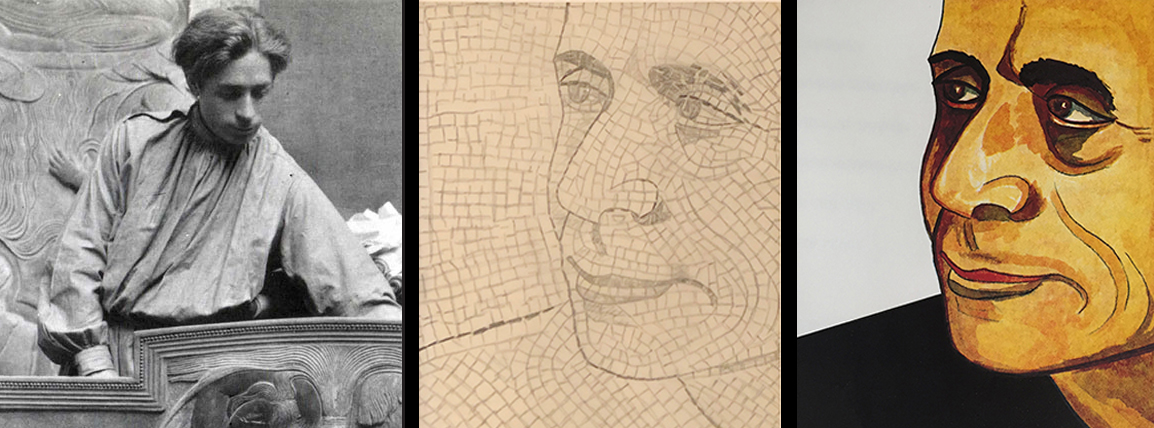
Beniamino Bufano | Bio
Beniamino “Benny” Bufano was born in San Fele, a small rural town in the Italian region of Basilicata, toward the end of the 19th century. One of fifteen children, he migrated to New York with his family as a child. The exact date of his birth is unknown. Throughout his life, Benny was proud to admit that he revised the details of his life to serve his purposes. As he said to biographer Howard Wilkening, “I just told each person not only what I thought he wanted to hear but I related it in a way that I thought was appropriate for him.” As he grew older, Benny‘s birth year progressed in time with him. His tombstone states his birth as October 15, 1890. Many biographies cite his birth year as 1898. He once claimed – in a book dedicated to an admirer – he was born in 1913. However, according to the US Census taken in April of 1910, Beniamino was a 21 year-old sculptor, living with his parents and three of his brothers at their 143 Sullivan Street apartment in New York City’s SoHo district. Assuming he was in fact born in October, that would make his birth year 1888.
Settling in New York, Bufano began studying art at an early age at the Art Students League under the celebrated sculptors James E. Frazer, Herbert Adams, and Paul Manship. He first received public attention while still in his teens when he won the Whitney $500 First Prize for The Immigrants, his statuary group depicting the suffering and misery of the peoples he saw daily on the East Side.
Arriving in San Francisco in 1915, he designed the figure groups for the Court of the Universe on the Arch of Triumph and other decorative sculpture for the Panama Pacific Exposition of 1915. He then executed the Panels of Art, 20 feet high over the Palace of Fine Arts.
After years of travel, including an extensive stay in China, Bufano began teaching sculpture at the California School of Fine Arts and the University of California at Berkeley. His first one-man show in San Francisco was in the City of Paris Galleries in June 1925, an exhibit that attracted national art interest. The National Sculpture Society sponsored a traveling exhibition of a collection of Bufano’s works displayed in the major art centers across the U.S. and Europe.
Throughout the years, Bufano’s continual struggles with both finances and critics (his heated controversy with the City Art Commission made front page news) illustrated his philosophy that “a true artist lives for his art, which he loves for itself, not as a means of securing fleeting earthly pleasures of fame.” Today, Bufano deservedly takes his place among important sculptors in the U.S. with his many artistic contributions, including the development of the innovative technique of working directly in stainless steel.
Photos from left to right:
– Beniamino Bufano, circa 1925
– Self-Portrait, drawing in graphite (study for mosaic), c. 1940. Gift of Mr. Robert Chee. Museo Italo Americano Permanent Collection
– Self-Portrait, Lithograph on Rives heavyweight paper, 1970. Gift of Ms. Karen M. Anderson. Museo Italo Americano Permanent Collection





